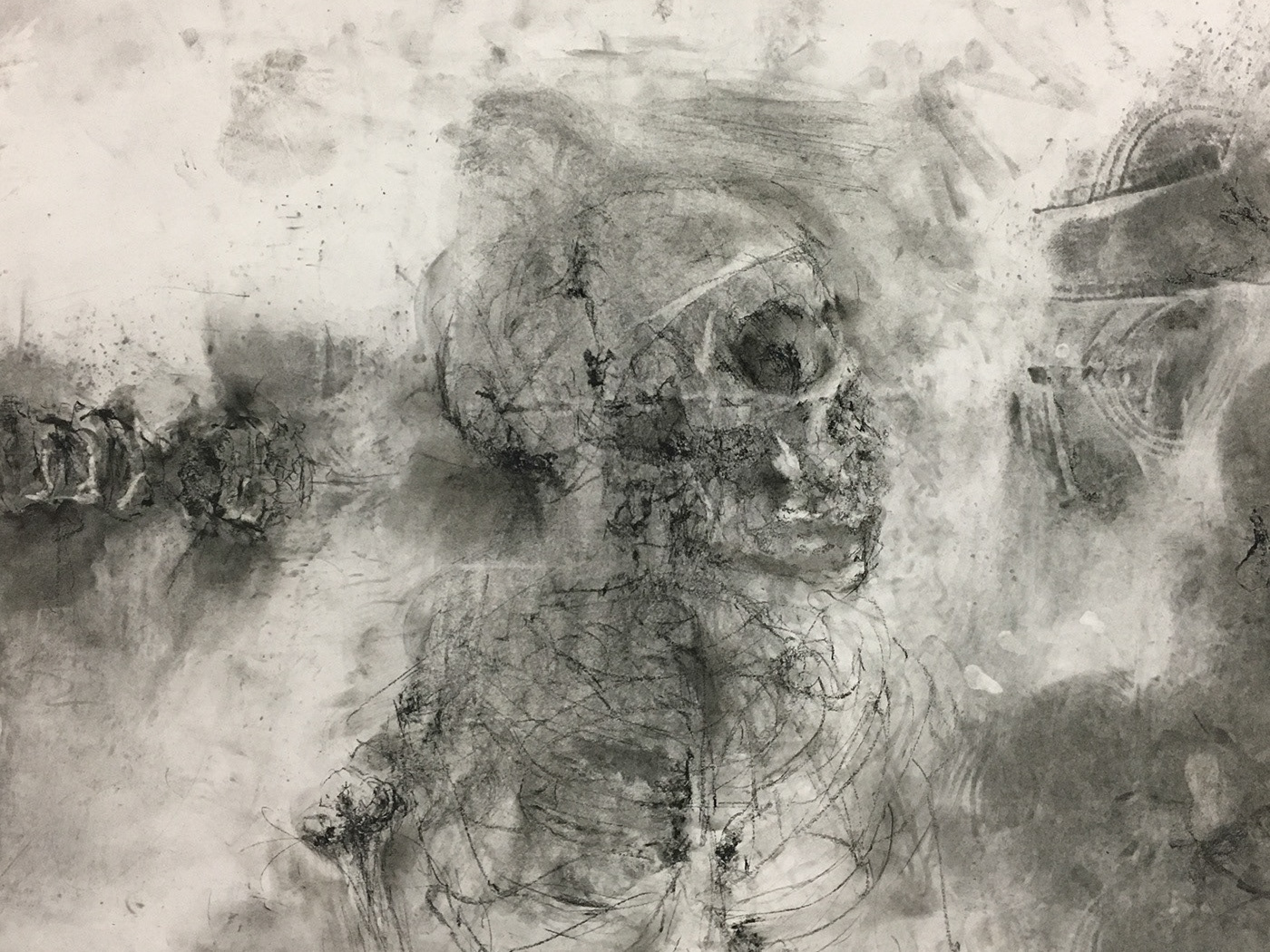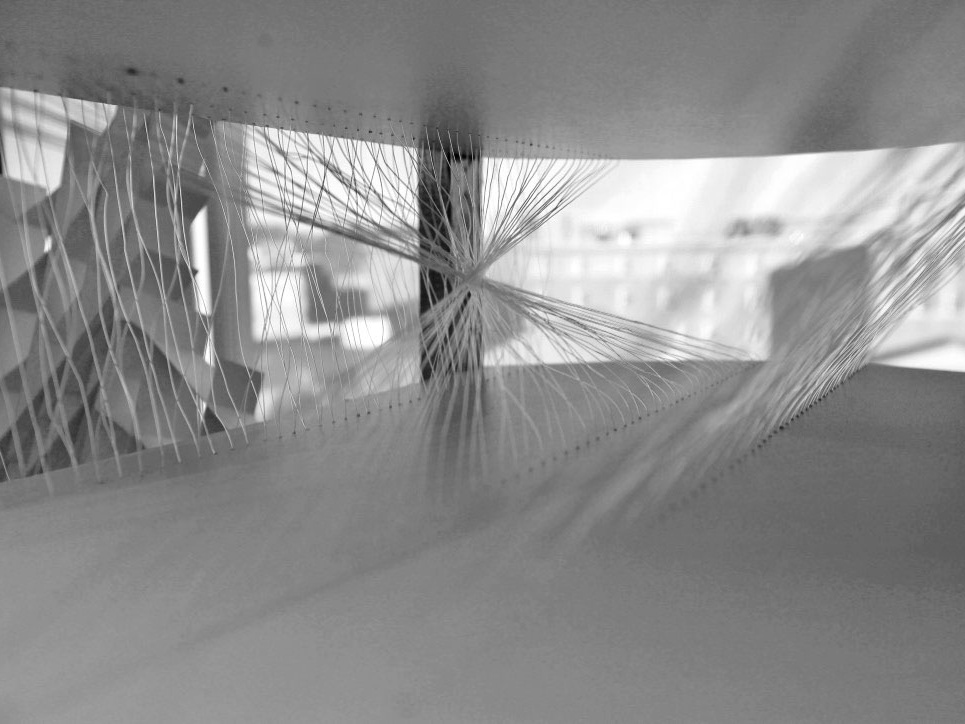The Making of the Full Moon Theatre
Creating a theatre performance solely illuminated by moonlight
In 1991, in Gourgoubès, south of France, an international team comprising physicists, engineers, artists, musicians, writers, choreographers, dancers, film directors, television producers, led by French opera director Humbert Camerlo and Arup engineer Peter Rice, created the first open-air theatre performance exclusively illuminated by moonlight. Thirty years later, we have recreated the Full Moon Theatre "Wonderful Laboratory" in Hooke Park, Dorset, United Kingdom. This initiative provided an opportunity for communal collaboration after the isolation of the pandemic and allowed reflection on the fragility of our ecosystem and the impact of our design actions. The new Full Moon Theatre incorporates, develops, and builds on existing research to design and construct a site-specific open-air theatre, equipped with locally and digitally fabricated moonlight reflectors.
A. Published Website: https://fullmoontheatre.org/




B. Workshop:
Location: Hooke Park – AA School's woodland campus
Dates: March 4–7th, 2023, & March 22–25th, 2024
Objectives:
(i) To integrate and advance existing research to design and construct a site-specific open-air Full
Moon Theatre with newly designed moonlight reflectors.
(ii) To stage performances fully illuminated by moonlight, without the need for electricity.
(iii) To create an online “Full Moon Library” that includes all tools, documentation, and techniques
(ii) To stage performances fully illuminated by moonlight, without the need for electricity.
(iii) To create an online “Full Moon Library” that includes all tools, documentation, and techniques
developed during the project, enabling anyone to stage a Full Moon Theatre performance worldwide.
C. Branding and Logo Design:
D. Research and Outreach:
The project demonstrates the feasibility of creating Full Moon theatres with economical means while being sensitive to the local context and constraints. All production was done on site, combining manual techniques with new digital fabrication and simulation tools. By advancing the original concept, we introduced new experimentation and innovation, making the knowledge base accessible for future use. The project led to the development of the Hypatia reflectors, named in honour of the 4th-century AD astronomer, mathematician, and philosopher.
These reflectors utilise a parabolic shape to effectively reflect and concentrate moonlight to illuminate the stage. Constructed with lightweight timber, the reflectors are easily mountable and deconstructable, making them ideal for transportable and short-term theatre productions under full moonlight. We also developed digital tools to plan a performance, taking into account the occurrence of full moon events, to simulate how concentrated moonlight can achieve sufficient illumination for stage lighting and to design and manufacture the reflectors.
The Full Moon Theatre project successfully demonstrated the viability of sustainable and context-sensitive theatre performances illuminated solely by moonlight. By integrating traditional manual techniques with advanced digital fabrication and simulation tools, we have preserved the essence of the original Full Moon Theatre while enhancing its capabilities. This project serves as a model for future sustainable design initiatives and underscores the potential for creative community engagement in addressing ecological and social challenges. The creation of the "Full Moon Library" ensures that the tools, documentation, and techniques developed during this project are openly accessible to a global audience, fostering the spread of this unique performance art form and its underlying principles of sustainability and community cohesion.
Presentation at the Light Symposium 2024 in Kongsberg, Norway







2024











